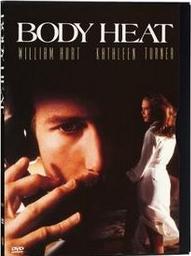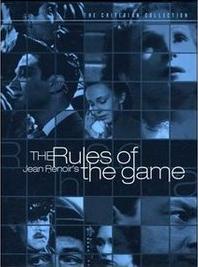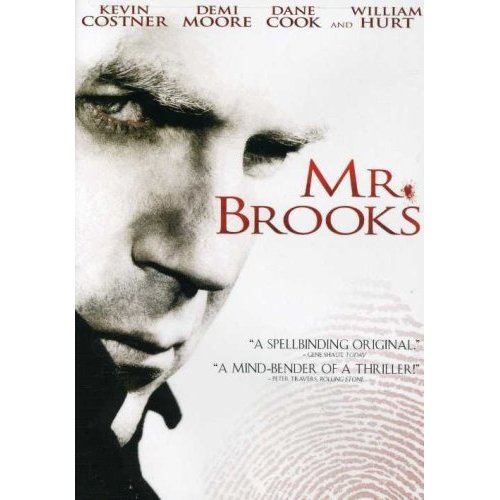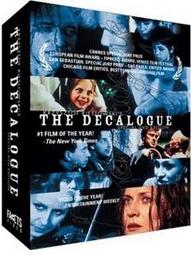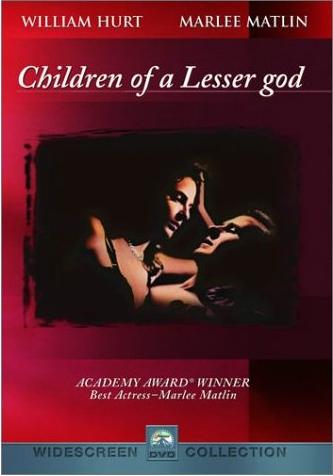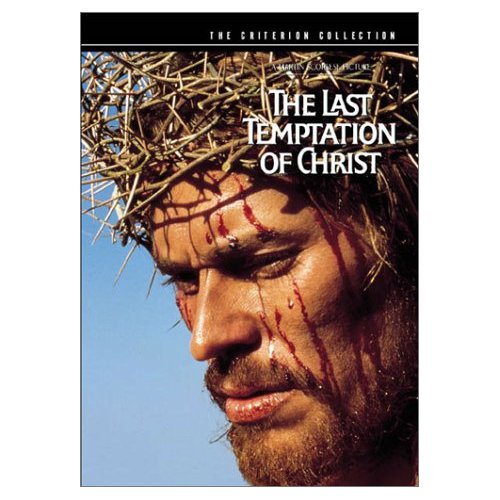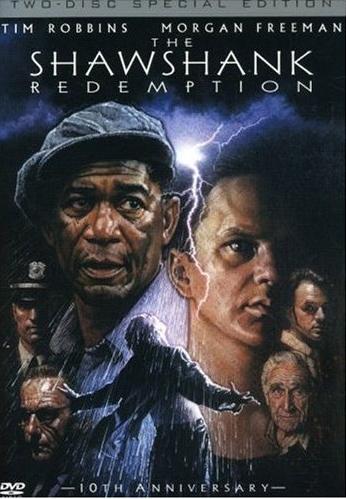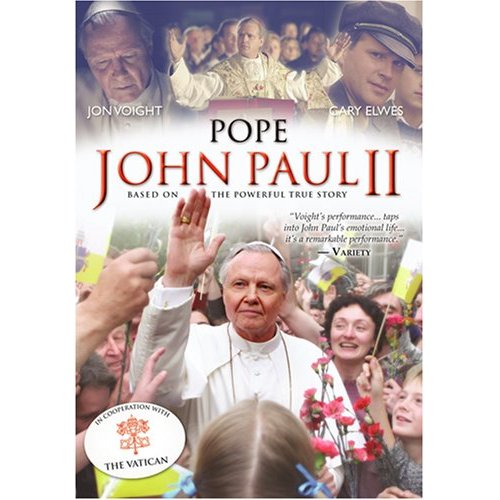Usually what they engage themselves in are unexamined processes—not true, not good, and usually not beautiful processes. In short, not sufficient to the task.
They make choices as if they are in some sort of gambling casino, or make judgments as if their brains are plugged into a computer’s infallible algorithm. In effect, they are using choices and judgments as surrogates for the real thing. To avoid both rash decisions and indecisiveness, they are failing to see that what they lack is a common sense approach to a process that could regularly result in creative decisions.
But what is that?
When a “leader” makes a choice among alternatives prepared by others, the “leader” is at the mercy of the “followers” who are making the proposals. When a “leader” makes a judgment based on evidence and reasons of the past, “the leader” is backing into the future with enormous vulnerability to blind spots. The “leader” is really following. Ultimately I came to realize that the heart of true leadership is making creative decisions.
But since not all “leaders” are creative, on behalf of my clients (and myself, for that matter) several years ago I felt compelled to take a journey to try to answer the following question.
Issue: Do you want to adopt a more creative way to decide issues?
If you initially have a mixed response (a “yes” and “no” at the same time) to the posed question, don’t worry. Not all questions are issues. Issues try to expose a specific dilemma you face, often an apparent contradiction or at least a paradox.
Being initially double-minded is a telltale sign of the problem of decision-making itself. What I was looking for, and think I have found, is a single-minded approach.
My journey began when the baseball movie “Bull Durham” first came out. My lawyer friend, Bob Provan, and I went to see it in Kansas City while we were at a boring law conference.
Afterwards, Bob introduced me to Christopher Vogler’s way of analyzing movies. In his book, The Writers Journey: Mythic Structure for Writers, Vogler uses his interpretation of the hero’s journey to show writers how stories are structured.
Given Bob’s natural storytelling ability, he easily dissected the movie we had just seen, right in front of me.
But as he described the hero’s journey, I had one of those “Aha!” moments. I realized that its stages were analogous to the internal process I had experienced when helping my clients make creative decisions.
To demonstrate how Vogler’s approach to heroic structure works, I want you to pick your favorite American movie. Right now. While you’re thinking about your movie, I’ll tell you my version of Vogler’s structure of how your movie flows.
Got your movie in mind?
(Be sure to pause at the end of each numbered item to capture a scene in your mind. Words in quotations are meant to indicate metaphorical concepts, not literal ones.)
Okay, here we go.
1. In the beginning of your movie, you see your hero in his or her “ordinary world.”
2. Next, your hero is called to an “adventure.”
3. But your hero is reluctant.
4. Then your hero encounters a wise one who encourages the hero to go forward.
5. So your hero passes through a first threshold, leaving the “ordinary world” behind.
6. Your hero meets “tests and helpers.”
7. Your hero reaches an “inner sanctum” where the hero faces personal questions.
8. Your hero endures “the supreme ordeal.”
9. Your hero seizes “the sword.”
10. Your hero takes “the road back.”
11. Your hero experiences a “death and a resurrection.”
12. Your hero returns to his or her “ordinary world” with the “elixir.”
I hope this worked suggestively, if not perfectly for you. On this blog you can read a blow-by-blow illustration of this journey using the movie “High Noon.”
Do you recognize how the Hero’s Journey, as a mythic structure, may be thought of as having universal application to fiction? Most current American movies employ such a structure.
Of course, early on I realized that I would have to modify it for the purpose of decision-making.
First, to educate leaders about this model without requiring their agreement in advance, I knew my model would have to incorporate questions that pointed to the milestones of the process along the way.
Second, to learn which questions best paralleled the journey of the hero on an internal basis would require me to go on some journeys myself, both fictional and real-life ones.
Over years of study and testing on real clients, I undertook that task and transformed the 12 stages of the hero’s external journey into 12 milestones for the decision-maker’s internal process.
Decision-Maker’s Path™
1. Where are you coming from?
2. Where do you want to go with the issue?
3. What are you waiting for?
4. What are your wise ones generally advising?
5. How are the pros and cons of your issue balancing out?
6. What are the "Powers That Be" saying?
7. What is your real agenda?
8. What facts and reasons are you contending with?
9. What insights and oversights are emerging?
10. How are you going to tell your decision?
11. What are you willing to risk to gain what you can only hope for with your answer?
12. What is signaling you that the decision you discern is the right one?
The moment of creativity in the process comes at milestone 9 on the Decision-Maker’s Path™, a moment that is parallel to item 9 in the Hero’s Journey when the hero seizes the sword.
If you’re interested in having more information about this, on this blog I illustrate the Decision-Maker’s Path™ in my summary of the movie “It’s A Wonderful Life.” I also present a combined analysis of Hero’s Journey and the Decision-Maker’s Path™ in my retelling of the movie “Witness.”
In each of these retellings, there is no creativity if the hero does not seize the sword. Likewise for the Decision-Maker’s Path™, it is when the decision-maker sees the emerging insights and oversights that creativity comes into play. When the decision-maker apprehends the insight and appreciates the oversight, the person makes something of them.
But what is being made?
Generally speaking, the person deciding is giving his or her free assent to take a specific future course of action that is presented symbolically in what is apprehended and that answers the issue in question.
Specifically speaking, it comes in “High Noon” when Will Kane apprehends the insight that he will most likely be fighting the bad guys by himself. It comes in “It’s A Wonderful Life” when George Bailey feels strange and apprehends the insight that shines light on his appreciation of the near oversight in shaking Potter’s hand. It comes in “Witness” when Rachel unashamedly reveals her beautiful self to John Book and he lowers his head, realizing he must not fulfill his desire for her so long as neither knows how to bridge their two worlds.
It is when the decision-maker gives his or her assent that he or she becomes valuable, accomplishes the central task of the path’s mission, fulfills the significant purpose, and incarnates the vision presented. It is at this moment that the person becomes a creative decision-maker. And when that happens, the creative decision-maker becomes the de facto leader.
To see how this plays out in other movies, I work with clients now in customized retreats, selecting from numerous movies ones that depict the various stages and steps.
For example, with "Witness" you have the opportunity to feel the tension between the spiritual and material worlds in the midst of a love affair that tries to bridge the gap, but does not succeed.
Nowhere in the curricula of my era of education was such an approach to decision-making taught. So I had to go way back to basics to find the earliest versions of the “method” I was discovering about creative decision-making. Since I nearly went mad in my search, what I found nearly blew me away.
In Divine Madness: Plato's Case Against Secular Humanism, Joseph Pieper discusses four ways in which Plato observed people "being beside oneself":
1. prophecy
2. catharsis
3. poesy
4. eros.
When I combined Pieper's analysis with Bernard Lonergan's Insight: A Study of Human Understanding, I came to realize that these four “mania” were actually four dimensions of insights received by human beings throughout the ages when they were in the throes of a decision-making process.
Thus, in today's business world, I now see "poesy" to mean creating value. Similarly, "eros" means being possessed by a significant mission. "Catharsis" means processes being healed on and by purpose. And "prophecy" means having a vision of where the creative decision-making leader wants us to follow.
I began to see their impact on the exercise of our most defining freedom we have as human beings: making decisions.
I came to see how the transformed Hero’s Journey of the Decision-Maker’s Path™ provided a series of repeatable processing questions, using the four perspectives of value, mission, purpose, and vision to fit the decision-maker’s preferred leadership style.
Thus the proposed Decision-Maker’s Path™ brings the best value to the task. While it is usually observed that people in leadership positions keep their methods of decision-making to themselves based on the concept that knowledge is power, if the Internet has demonstrated anything it is that shared knowledge is more powerful and that transparent methods encourage better decision-making on behalf of the community.
The decision-maker who works within the suggested structure learns the best practices for the mission by repeated passes through the process. While there are few hard and fast rules for creative decision-making, those available are learned more rapidly and honed with more strength than otherwise via this approach.
The proposed Decision-Maker’s Path™ is more attractive to people who want to make changes because its purpose is supported by the storytelling process of the Hero’s Journey. The decision-maker’s character will be recognized in the context of a story told about real life and work.
Finally, the creativity of this approach to decision-making is visionary because it allows its user to bring new light to issues in question each time the process is used.
The decision-maker assents to the insight that emerges and sees any oversight in the light of the insight.
Because there are as many perspectives as there are people concerned about an issue, the task of the decision-maker, once the insight emerges, is to take the lead, focus the followers on the insight so that they become one behind the course taken.
So now it is your turn. I invite you to take a hero’s journey in your creative decision-making process around every issue of importance in your life.
Please contribute your comments on this blog or by contact me.
Thanks.
John Darrouzet

















